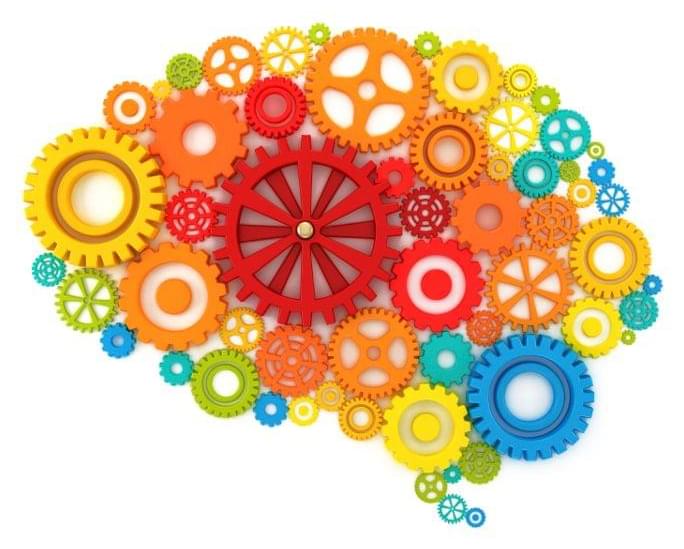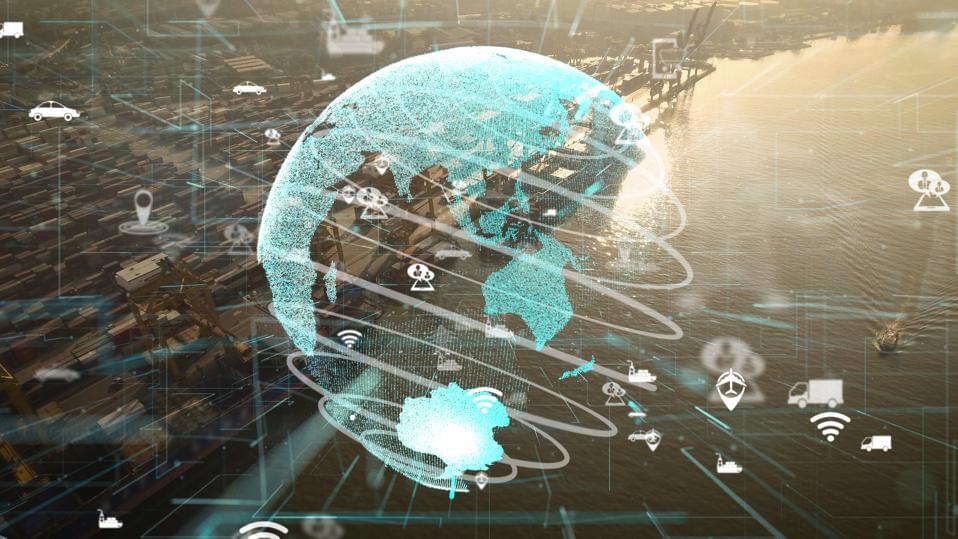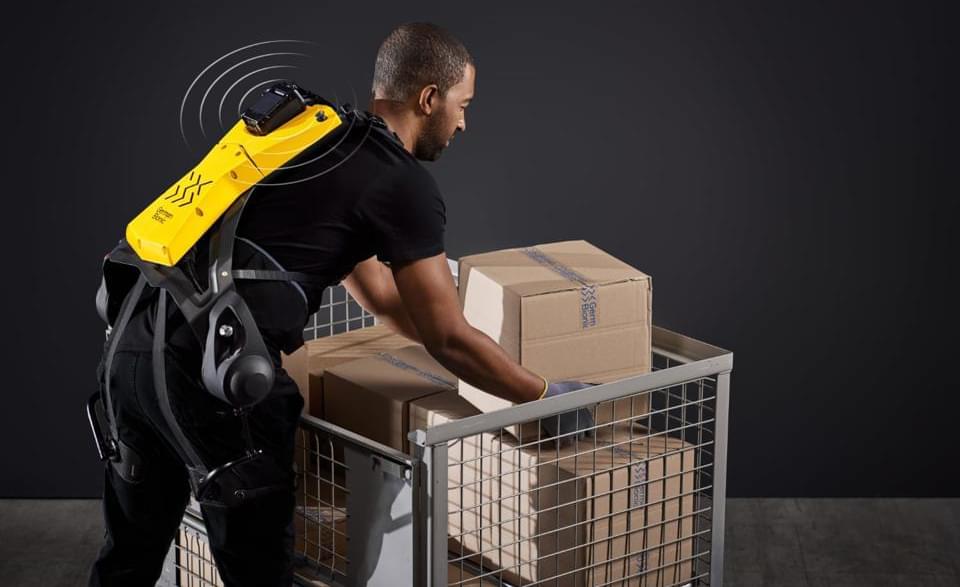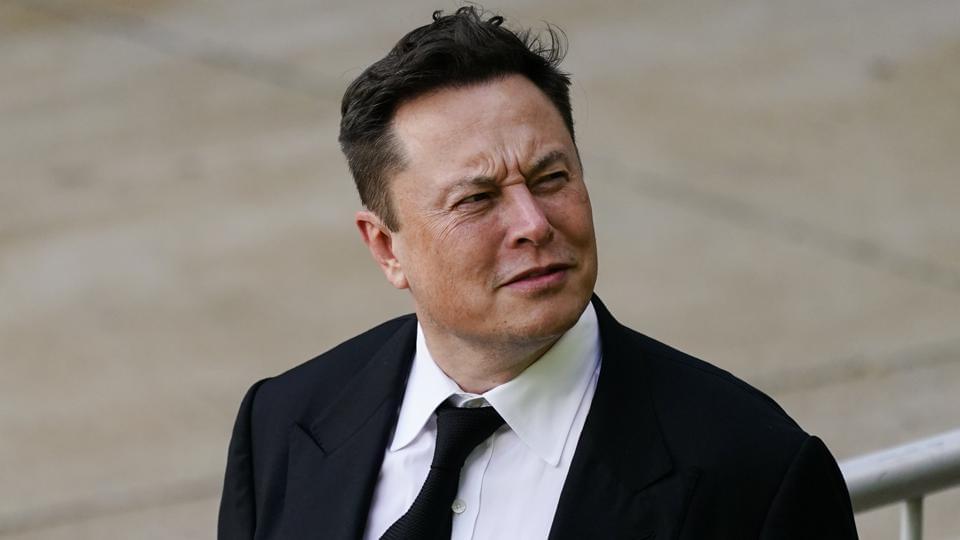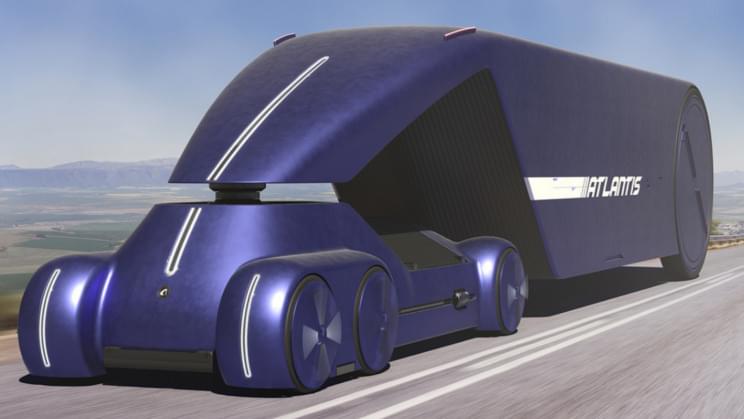Sunny way.
A ‘bike highway’ running between Daejon and Sejong in South Korea is a sight —or rather, a concept —, you surely haven’t thought of before: It stretches for 20 miles (32 km), and it not only shields cyclists from the sun but also generates power at the same time.
It’s true that a bicycle lane in the center of a highway is an unusual location for one, especially with three lanes of traffic on either side of it, yet it works. Much like the $3.7 million SolaRoad in the Netherlands, a 230-foot road replaced by solar panels, which powers the highway’s lighting system, this bike highway is a win for green energy. Its lanes produce more than enough electricity to power the lighting of the highway and the electric vehicle charging stations, according to Fast Company.
However, in the Netherlands, bicyclists ride on top of the panels instead of under them, while South Korea’s case is the opposite. Under the overhead solar panels, cyclists use subterranean tunnels to enter and exit the path, which boosts safety tremendously since they can get on and off the bikeway without being involved in the regular traffic. Once on the route, they’re shielded from the traffic on each side by barriers, and while that doesn’t provide pleasant roadside views, it does offer sun protection.


